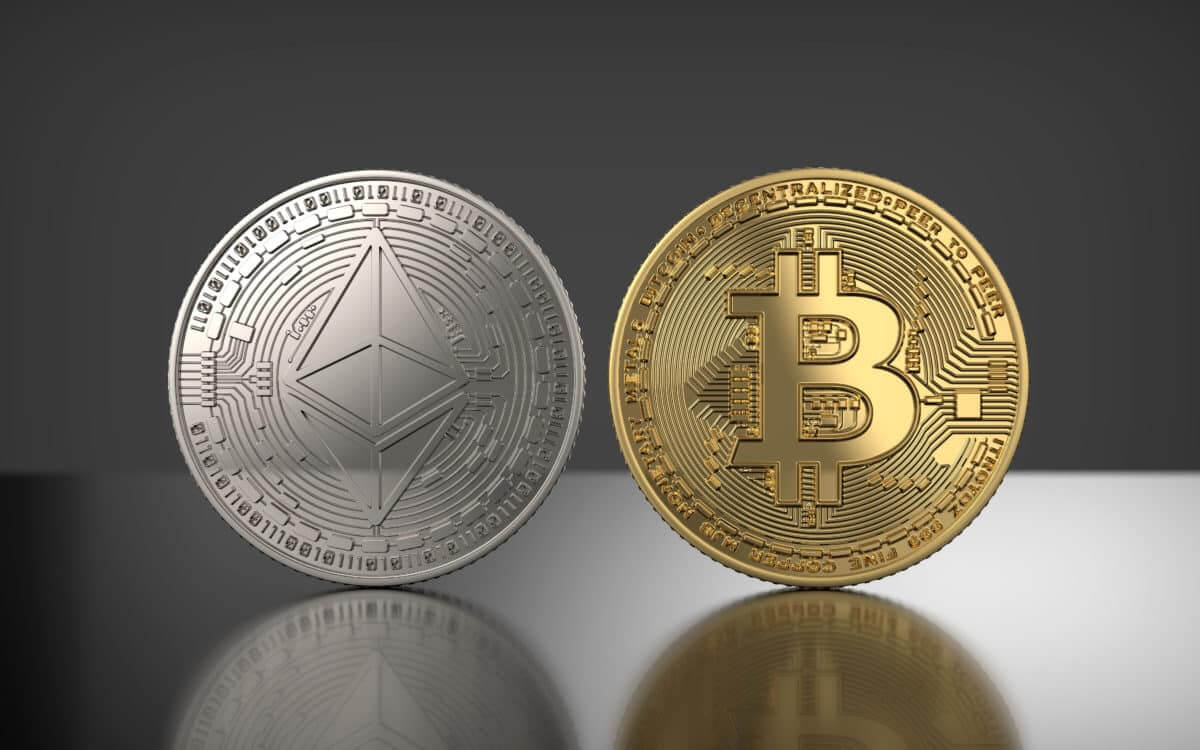
Bitcoin Jumps Above $31K; Ether Gas Fees Drop
Traditional markets in the United States were generally closed for the holiday on Monday, but Bitcoin (BTC) did not.
The largest cryptocurrency increased by more than 7% to around $31,500, its highest level since March 9.
The bitcoin price had just finished a historic nine-week losing trend, bringing it down to about $29,400 from $37,600. While drivers moan about rising gas prices, crypto traders are experiencing the opposite: Ethereum’s gas fees are low. According to on-chain data, the average transaction cost is now around $3.70. When the year began, that figure ranged from $38 to $52, depending on chain congestion at the moment.
As a result, gas-intensive transactions such as selling an NFT on OpenSea or completing a UniSwap transaction have reached all-time lows.
Traders fear Terra’s aftermath; moreover, they are hesitant to return to the market. According to on-chain statistics, there were significant jumps in gas usage on critical days associated with Terra’s collapse and subsequent surges in activity on UniSwap as traders moved to protect themselves from market volatility throughout May.
The trouble is that they aren’t returning to the market; gas is low, UniSwap is (relatively) inactive, and the price of ether continues to fall. The cost of ether is rising, but demand is down due to a lack of active traders.
While Solana and Avalanche costs have begun to rise, the number of daily active users has not. Both of these networks were constructed when Ethereum gas fees were high, so it’s possible that inexpensive gas isn’t driving a rush to their doors. One unintended consequence of all of this will be the timing of the Ethereum merger. Because there will be less of a sense of urgency in migrating to proof of stake, and with that comes more controlled predictable costs.




